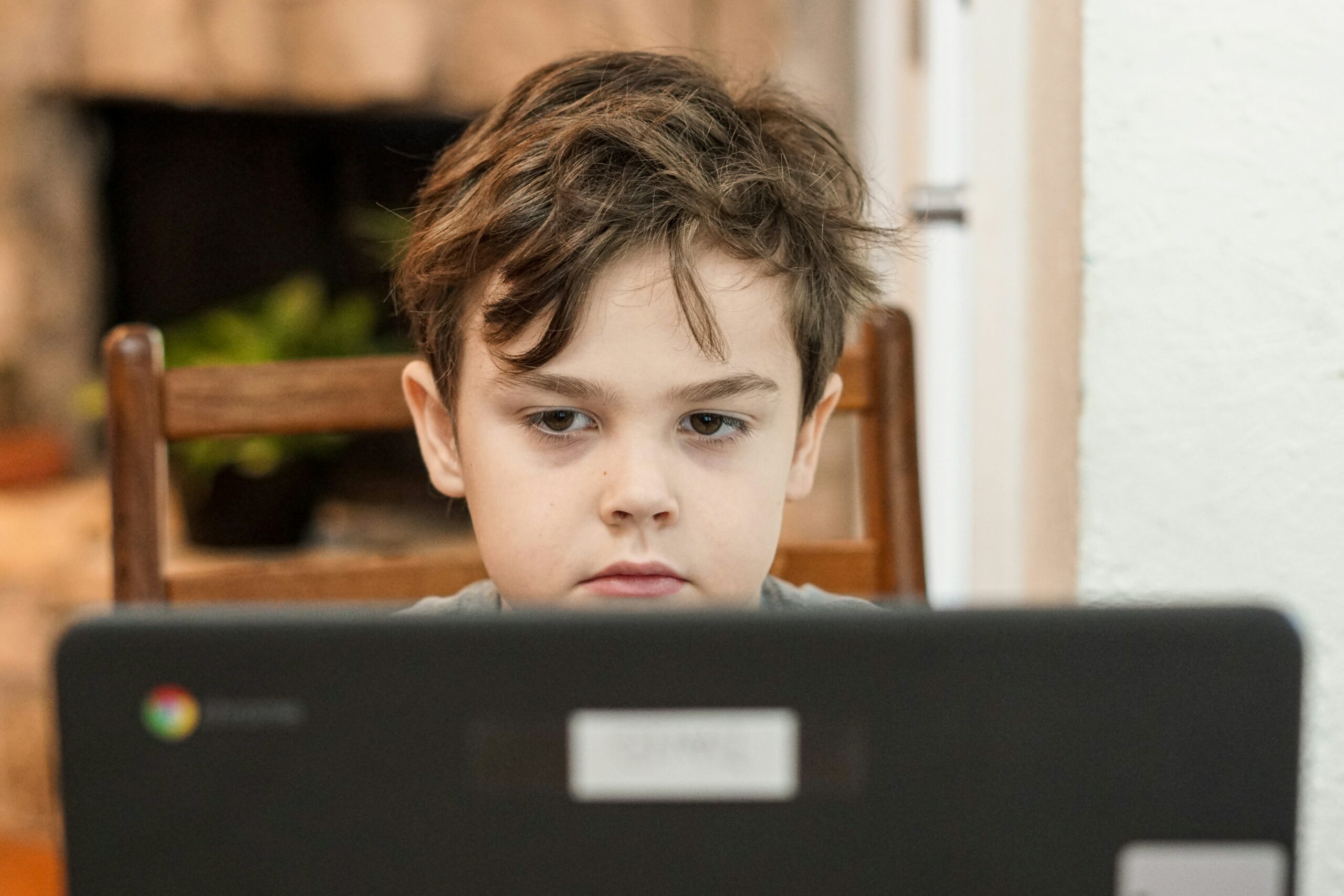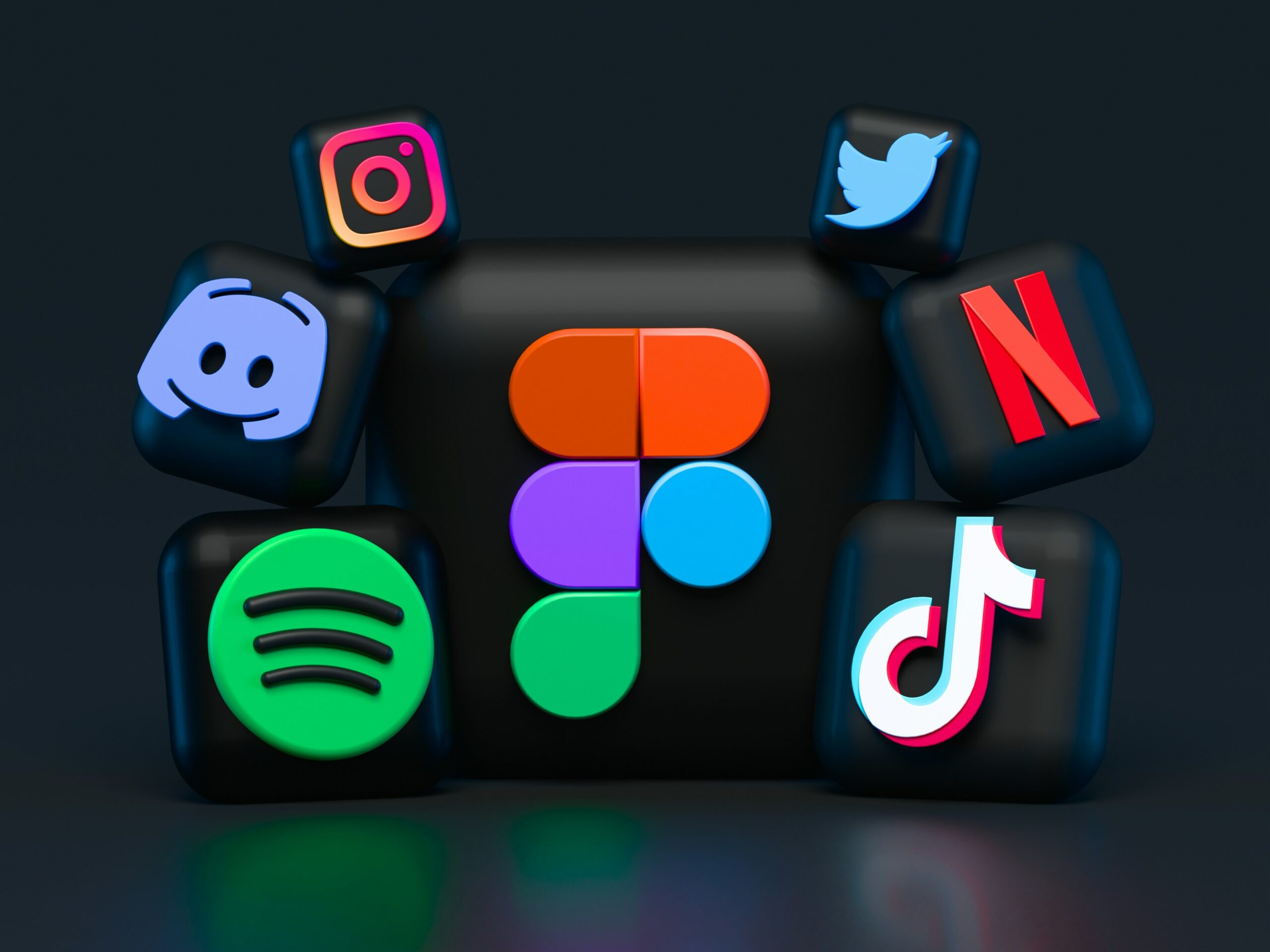Artificial intelligence (AI) is quickly revolutionizing the world of content creation. This technology has already been used to create captivating graphics and videos, detect copyright infringement, and more. AI can even write educational content on its own! The explosion in AI-generated content shows that AI is not just a novelty but an essential part of today’s writing process. As a result, you’ll need to adapt your content strategy if you want it to compete with others in the future. In this article, we’ll explore how artificial intelligence is changing every part of the creative process and why now is an exciting time for anyone who writes or designs content for a living.
Artificial Intelligence in Teaching Businesses

There are many ways AI can help you maximize the potential of your business without burdening your hiring or marketing budgets. Here are some intriguing ideas –
- Artificial intelligence can help you create content (CopyAI, PepperType, and ChatGPT)
- AI also detects copyright infringement, so don’t worry about getting sued for using someone else’s material.
- It can even create advertising (Using image generation platforms like Dall-E and Stable Diffusion)
The possibilities are endless. If you come in with expertise in one subject, you can use AI to generate hours’ worth of content, edit it, and then push it to build a course. You can create mini-courses and have chatbots help answer the lingering doubts a person might have about the topics you create. If you’re looking for a guideline on how micro courses function, we also have an article to help.
AI is a boon for teachers because it can speed up different processes

AI is a boon for creatives because it can speed up doubt clearing sessions and help learners avoid errors. AI can help you create a better teaching process.
When you’re creating a lesson plan, AI will suggest topics and also help you understand when the topic is getting to complex–and then let you choose which ones are best suited for your purpose. For example, if a reader uses Google to search for “best ways” or “top tips,” they’ll find more accurate results than if the writer had simply guessed at what might be relevant terms in their field of interest (which would likely lead them astray).
AI and storytelling

AI is a powerful tool for the creative process. It can help you find the right stories, create new ones and even tell them to the right learner. This is especially powerful for subjects in science because AI can help you incorporate complex topics into easier, and smaller pieces that can help learners.
For example AI can assist with story development by providing insights into what people want from their content, how they want it presented, and when they prefer consuming it. This allows you to create more engaging products that stand out from competitors’ offerings–and keep customers coming back for more!
Artificial intelligence will change the way we work in many industries

AI has a huge role in teaching. AI can help with the following:
- Content creation (writing and editing)
- Content distribution (automating distribution to channels like social media and email newsletters)
- Marketing (targeting ads based on user behavior)
- Delivery of content (embedding video into a course, or creating a section)
AI can design captivating graphics based on the text input

AI can be used to create graphics based on text input. AI can help with the creative process, design process, marketing process, and distribution process. AI also helps you sell more products and services by creating compelling content relevant to your learner’s needs. For streams like biology, AI can create simpler diagrams that can help elcidate a point faster than a human could make them.
AI is even able to understand human language at a deeper level than we ever thought possible before — which means it can understand how people think about things like colors and shapes about words they use when talking about them (like “blue” or “red”).
The AI Content Revolution is here, and changing how teachers will create content. Artificial intelligence has been a hot topic for years now, but it seems like the time has come when AI is changing the world and the way creative processes around teaching work. If you’re preparing to use AI for your next recorded course project, use our intuitive feature at Wise to help.




